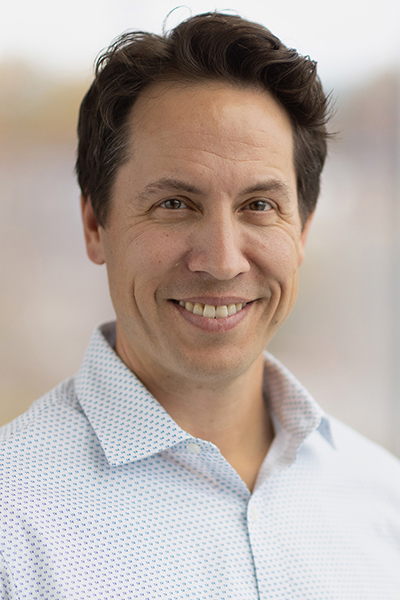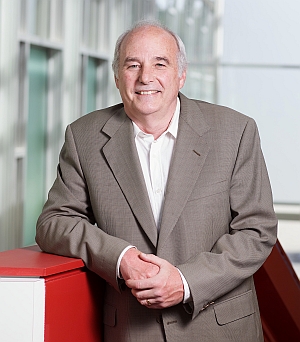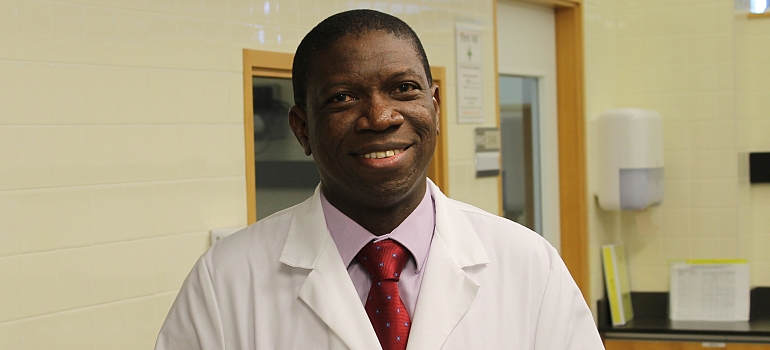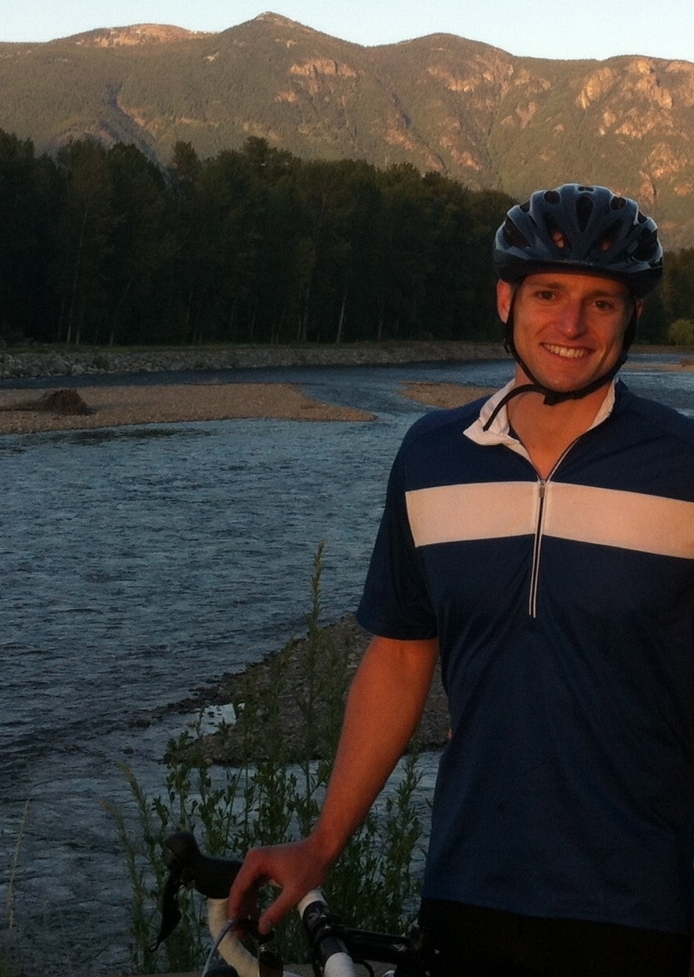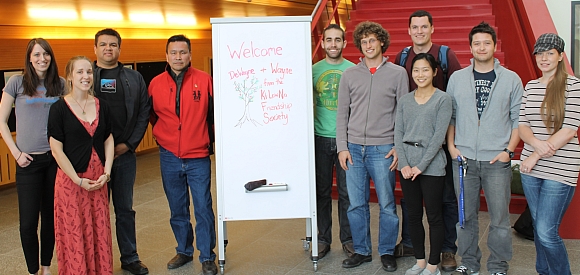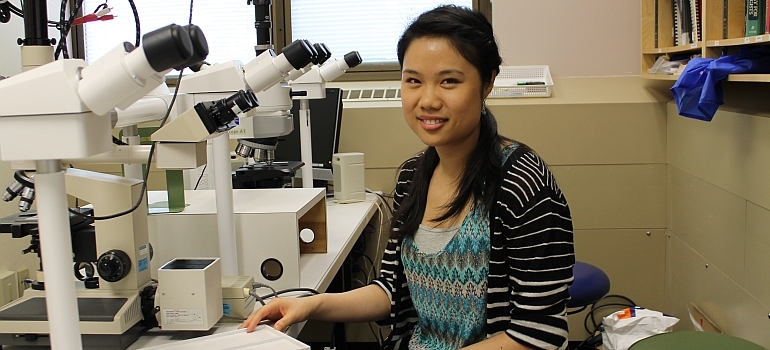
Dear Clinical Faculty Members:
In January 2014 the Southern Medical Program’s (SMP) third intake of MD undergraduate students will arrive at UBC Okanagan. Many of our MD students are interested in and in need of research, public health & community service learning opportunities. The SMP has an evolving database of supervisors, and opportunities and experiences that it can provide to students. We are working hard to expand this database to support you and the students. There is a great need for more supervisors and experiences. Are you interested and able to help out?
There are several types of supervisory options available to you: UBC’s Faculty of Medicine (FOM) has a funded, Student Summer Research Program (SSRP) that you may be interested in. Attached you will find 2 SSRP documents for supervisors. Within the next year, a new course will require the students to undertake several 2-3 week blocks and longitudinal (one afternoon a week) research and or community service learning opportunities. Chart reviews, case reports, any questions you have that together with a student’s help you can address.
If you are interested in any of the above three options, please contact us before January 3, 2014. We will offer you personal support (including webinars etc.) to help with what you need to know about being a supervisor, helping students with research questions and methods and with community service learning experiences.
To date, over 30 students have participated in successful projects with the help of clinical faculty supervisors. We would also like to invite anyone else you feel might be interested in becoming a new supervisor to email us via linda.misura@ubc.ca. Your support of the Southern Medical Program is very much appreciated.
Sincerely,
Dr. Charlotte Jones, PhD, MD, FRCPC. Director of Student Research. UBC FoM, SMP
Carolyn Roque, Research Coordinator. UBC FoM, SMP
Linda Misura, Admin Assistant. UBC FoM, SMP linda.misura@ubc.ca
For more info, see the following attachments:
